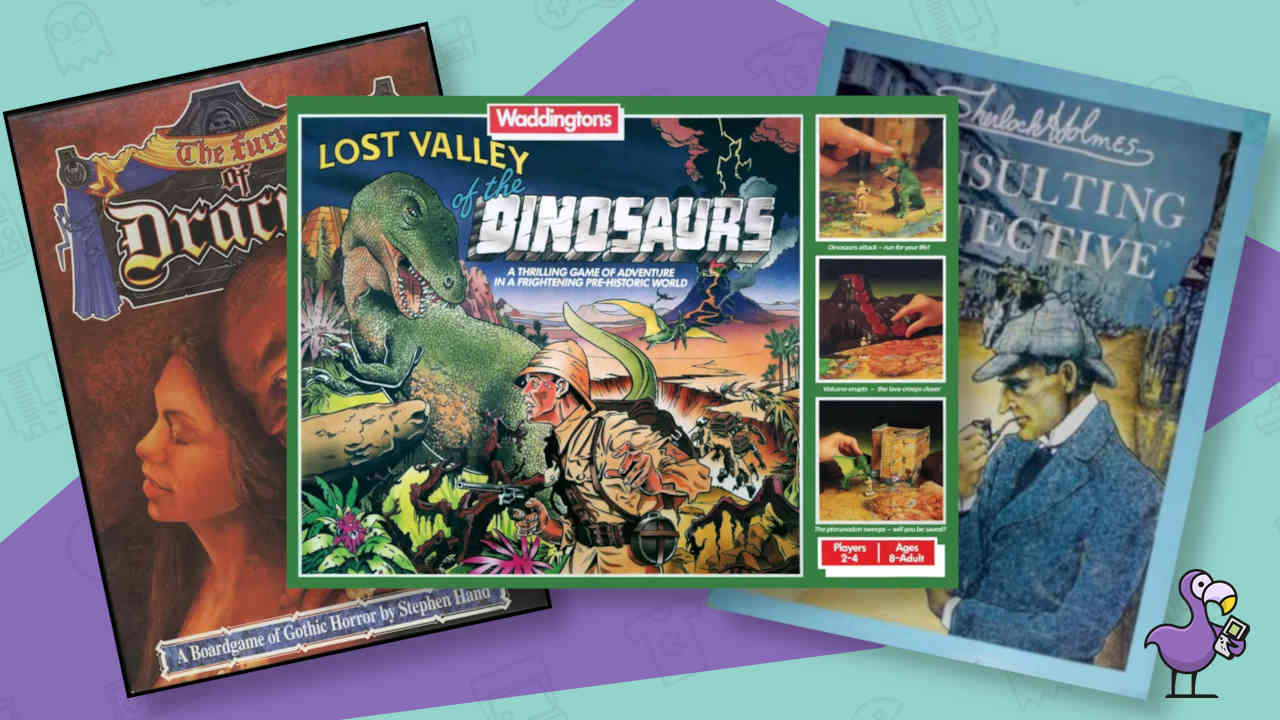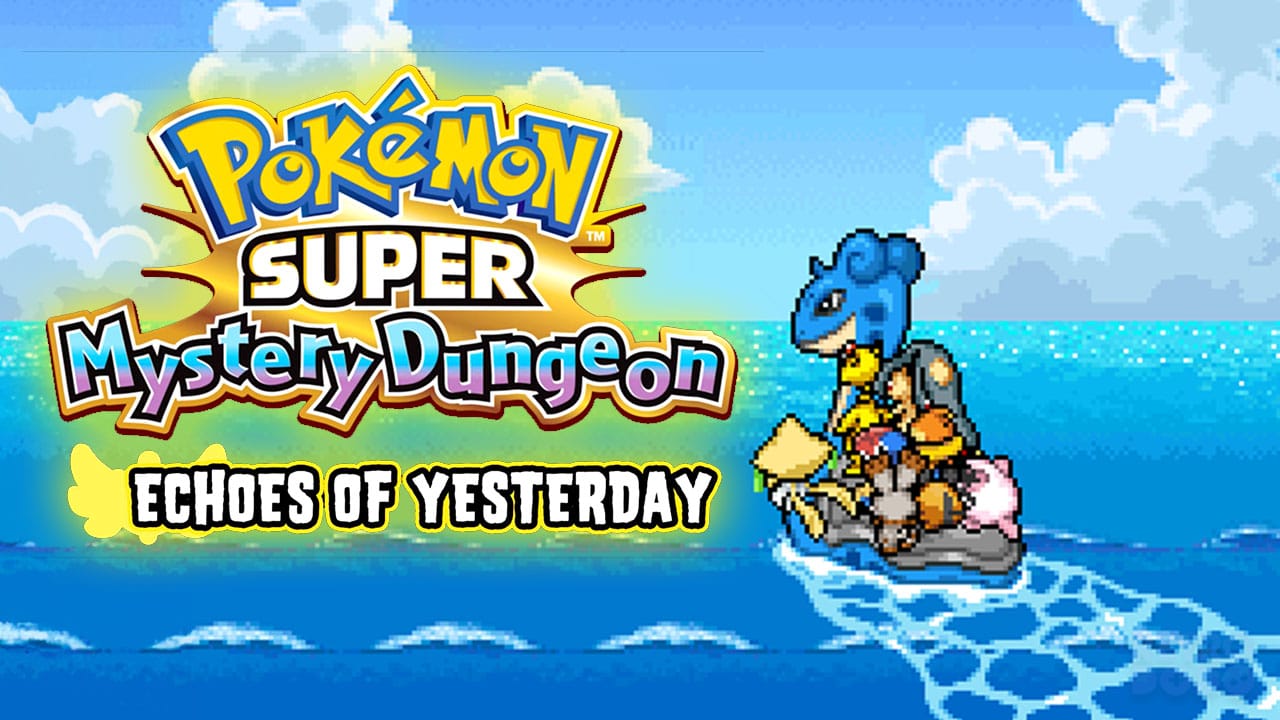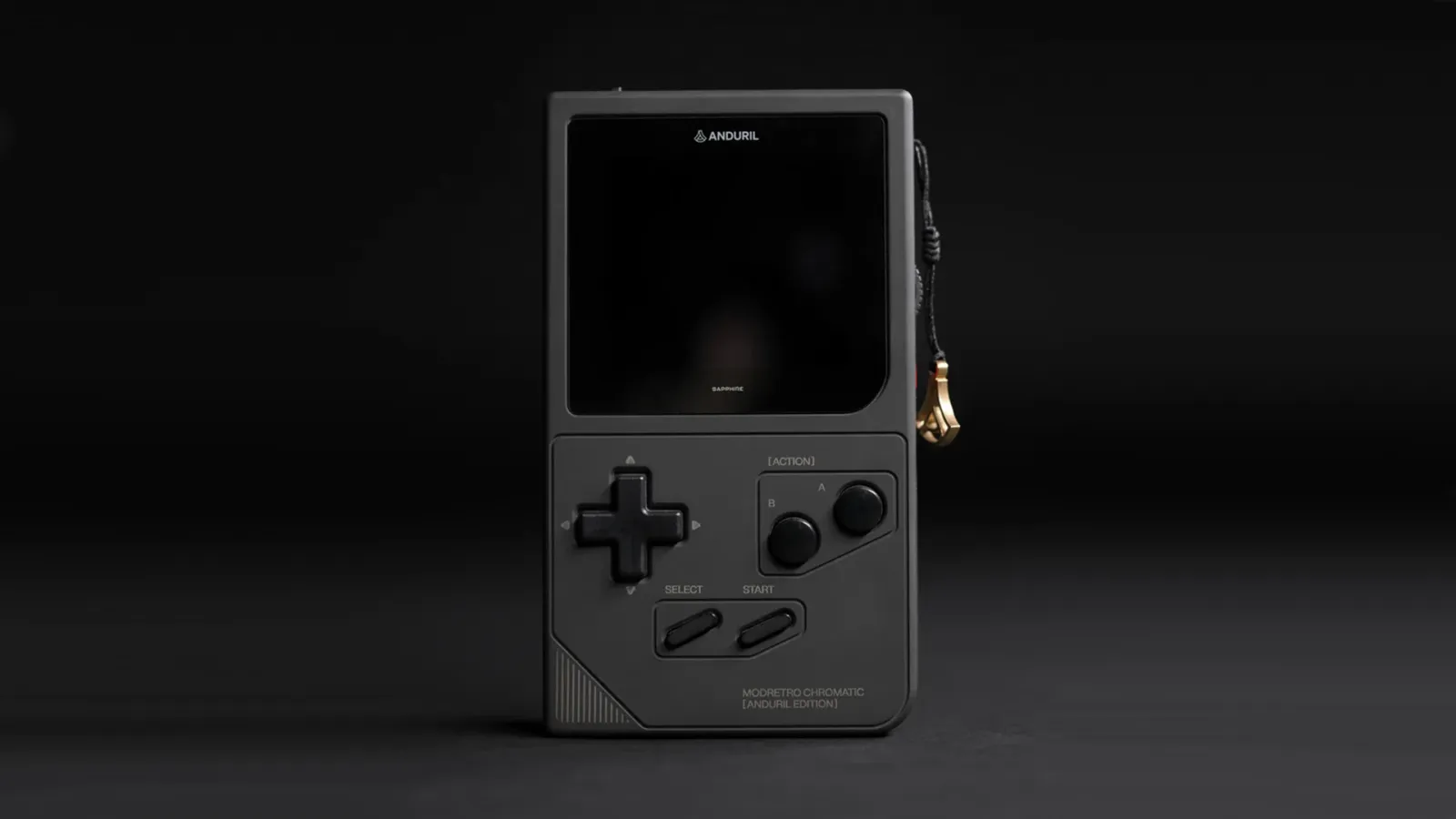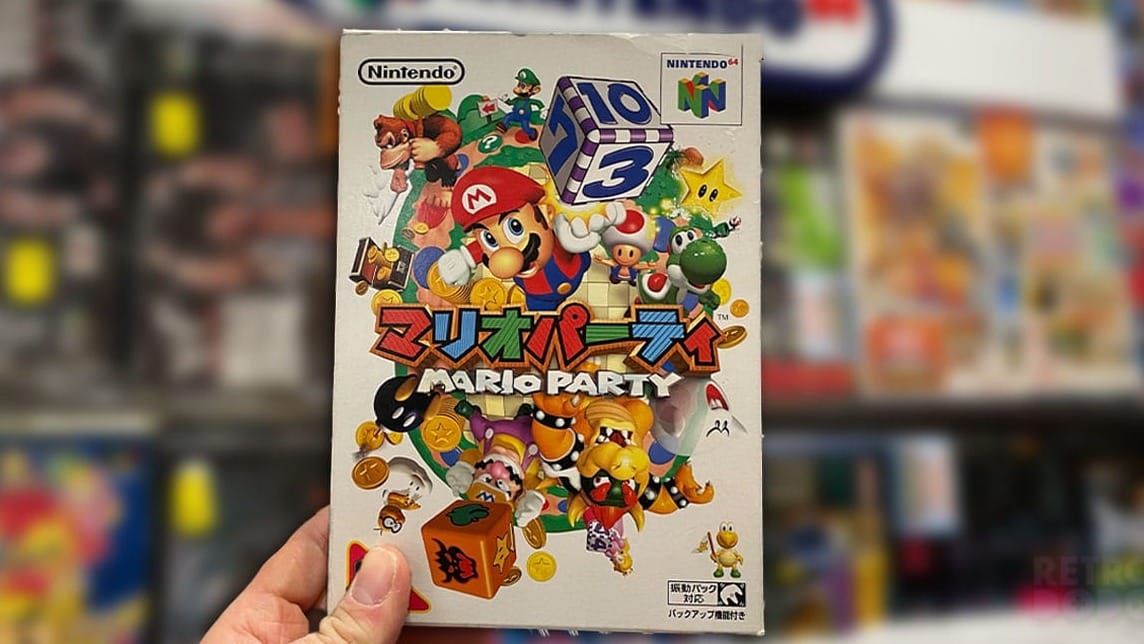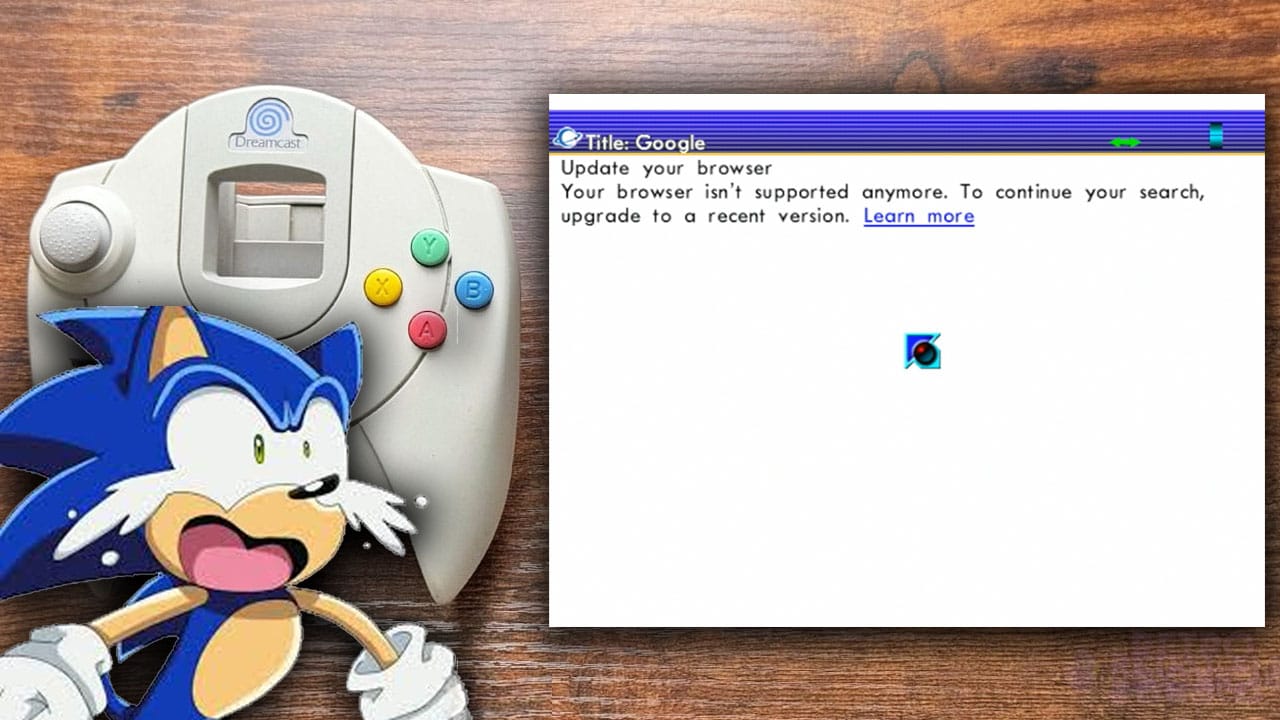It’s time to roll the dice and check out the best retro board games of the past!
Though most people seem to think that Monopoly is the be all and end all of board game design, you’ll see that there’s always been much more out there than the wheeling and dealing of that particular game.
Board games have become increasingly popular in the last twenty years, spurred on by evolutions in game design that have made them much more compelling than the lazy, roll-and-move games or re-skinned, otherwise unchanged versions of Monopoly that we were used to as kids.
Yet not all games from our childhood had uninspired designs or lazily applied film or TV licenses – some were genuinely decent games that have stood the test of time and are fondly remembered to this day.
Some long out of print games have been crying out for new editions for years – and a few have even received updates or reprints too. So let’s take a look at the best retro board games!
10. Magic: The Gathering (1993)
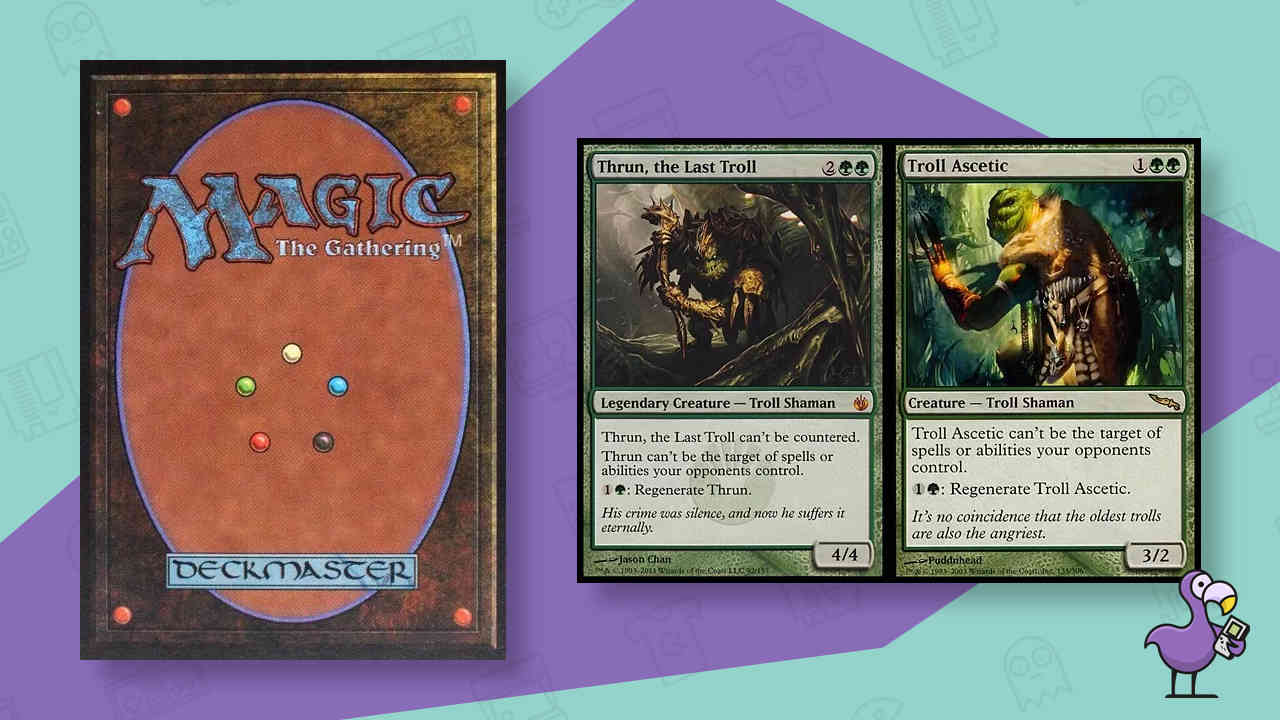
It almost doesn’t feel right to include Magic: The Gathering in the list of retro board games, seeing as it’s always been in print since it released back in 1993 – albeit in ever-evolving form with new sets of cards – and is still successful, if not quite at its peak in terms of popularity.
Yet Richard Garfield’s pioneering collectible card game (CCG) concept – in which two players, cast as powerful magic-wielders ‘Planeswalkers’, take turns to play spells and creatures with the aim of reducing their opponent from 20 to 0 life – is an absolutely timeless game and can be one of the absolute finest two player experiences there is.
The collectable aspect can cause issues, with players who can afford to invest in the rarest and most powerful cards most likely to win, but there are numerous formats that players can agree to stick to that can see them level the playing field somewhat.
Arguably even more engaging and absorbing is the task of actually building a deck of cards from your collection – and the thrill of finding rare, strong creatures or abilities in booster packs is one that never truly subsides.
Though it can be devastating to lose when using a deck of cards that has taken ages to put together, the opposite – seeing your plans come together when up against an opponent who could have a deck comprised of 60 cards, whittled down from thousands upon thousands of possible options – is one of the best 90s toys that can be had in tabletop gaming.
9. Dungeon! (1975)
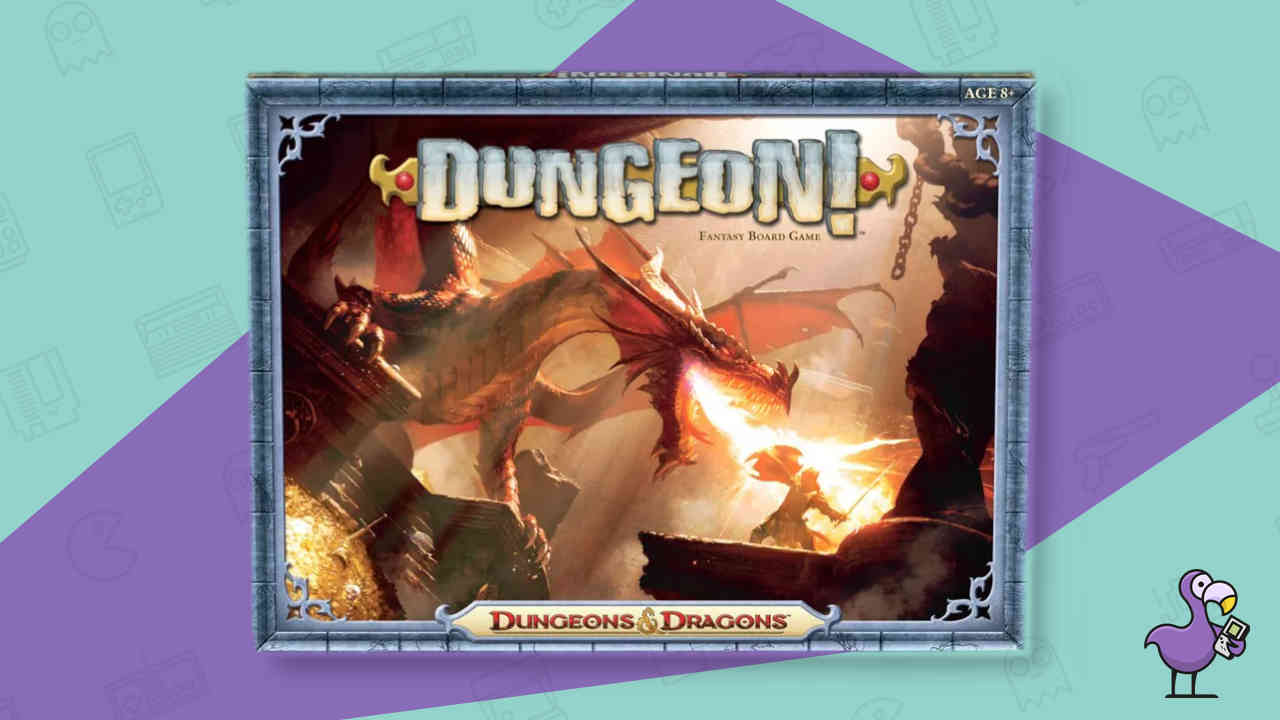
Another game that’s still in print, Dungeon! may have had a few licks of paint over the years to bring its visual design up to date, but the addictive gameplay has pretty much remained untouched since its mid-70s debut.
A dungeon crawl – in which players are cast in the role of a classic Dungeons and Dragons-style character, such as a Wizard, Fighter or Rogue – Dungeon! is a game that sees players exploring rooms, fighting monsters and collecting treasure, with the aim of reaching a pre-defined loot total in order to win.
Delving deeper into the dungeon is risky, because the monsters down there are deadlier and are going to find it much easier to kill you – but you will need to go a little further in to get the most valuable treasure if you want to beat the other players.
Though fairly luck-driven – with combat based on the roll of dice, along with some character-specific bonuses – the risk vs reward mechanic gives Dungeon! a compelling edge over similarly random games.
8. Can’t Stop (1980)
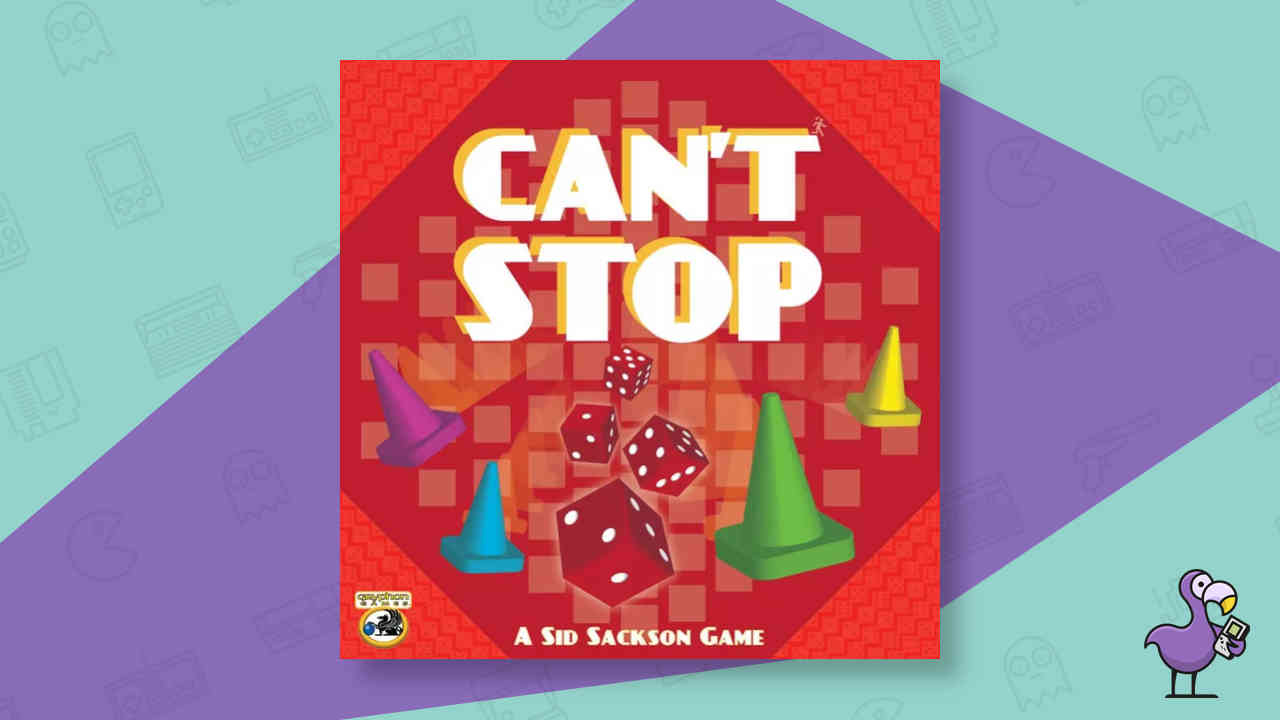
Though I usually prefer my games to be thematic, Can’t Stop is an abstract strategy game that is incredibly well designed and – perhaps because it doesn’t have a theme tying it to a particular era – timeless too.
The game’s designer, Sid Sackson, was incredibly prolific and created arguably more satisfying and well rounded experiences – but there’s something universally appealing and easy to grasp when it comes to Can’t Stop’s plastic components and push-your-luck mechanics.
It’s been released in many different forms over the years, but the most familiar is the board which looks – appropriately – a bit like a stop sign. An absolute classic and one of the best 80s toys out there.
7. Thunder Road (1986)
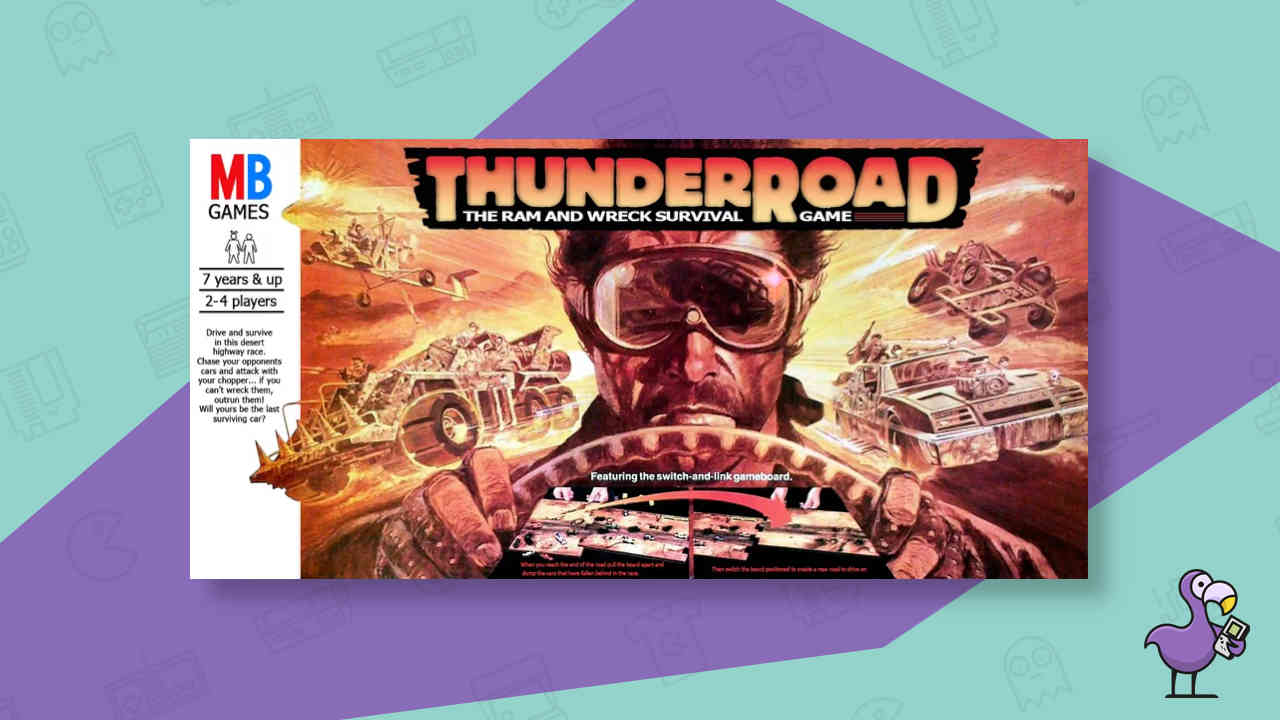
Coming just a year after the original Mad Max trilogy ended, it’s not hard to see where this vehicular combat chase through an endless, post-apocalyptic desert got its inspiration.
Players have a fleet of spiky, deadly-looking vehicles and aim to either take out the fleets belonging to their opponents or simply outrun them – the two desert boards ‘loop’; that is, once someone reaches the front of the first board, the second is brought forward to be the next stretch of road – and any vehicles on the board that’s removed is now out of the game. You snooze, you lose!
What makes Thunder Road so appealing are the straightforward mechanics and choices available via assigning dice to your different vehicles – it’s a surprisingly tactical game, even if it’s an incredibly simple one to pick up and play.
It’s so fondly remembered, in fact, that a new edition from Renovation Games was successfully funded on Kickstarter in 2022, which promises updated rules, plenty of expansions but more importantly: lots more vehicular carnage!
6. Lost Valley of the Dinosaurs (1985)

Perhaps more than any other game on this list, Lost Valley of the Dinosaurs is a game that’s crying out for a modern version – and unlike every other game on this list, there’s never been an updated edition.
So this entry may be fuelled by a lot more nostalgia than other games on this list, but Lost Valley of the Dinosaurs felt like a perfect blend of top notch components – including an ‘erupting’ plastic volcano (simulated by lava tiles placed each turn), cardboard temples, plastic coins, excellent T-Rex figures, a pterodactyl that could actually pick up player pieces in its mouth and even a swamp monster too – an excellent theme and an ever-so-slight strategic edge that ensures the game isn’t completely luck-dependent, like many games of its era.
Seriously, Renovation Games: please apply your magic touch to Lost Valley of the Dinosaurs. It’d be great to see it make a comeback!
5. Fireball Island (1986)
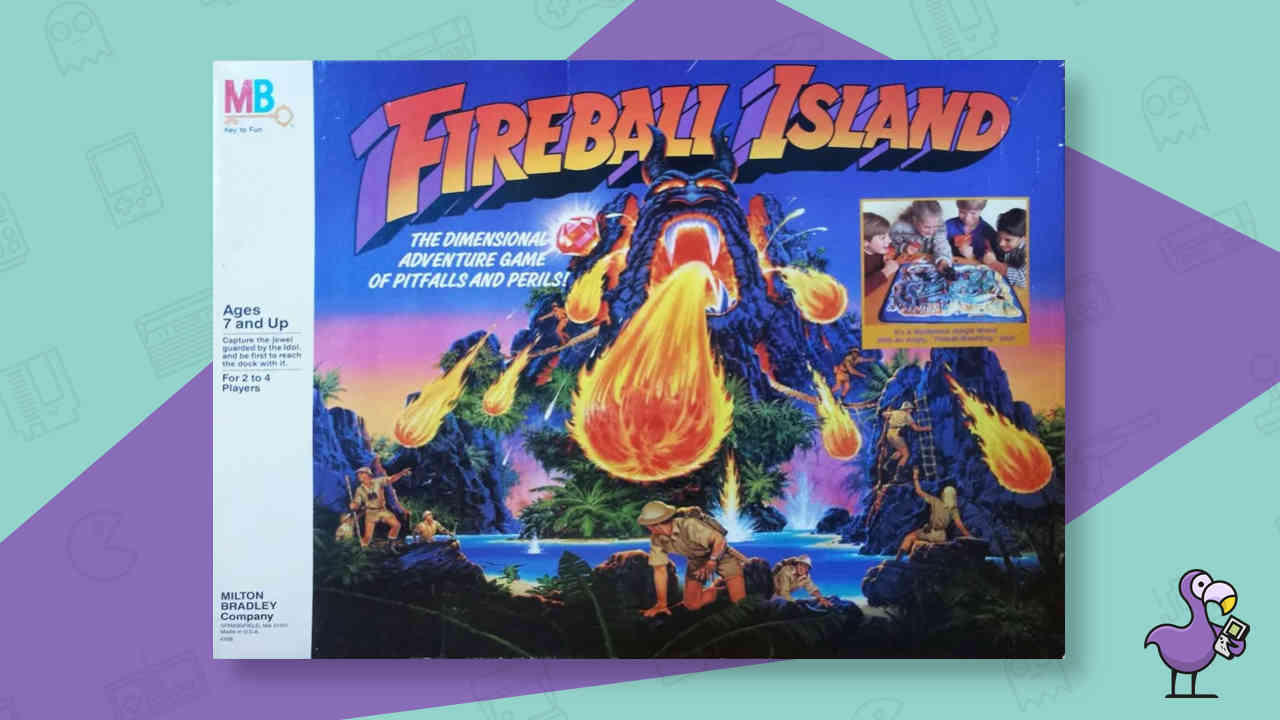
Another game with fantastic components, Fireball Island’s titular landmass is represented by a big lump of moulded 3D plastic. Especially considering when it was made, it’s hugely impressive!
The aim of the game is to get your hands on – and escape the island with – a large plastic ruby. Each turn, players roll the dice and move the appropriate number – or launch a fireball from the board itself or the island’s idol statue, which is another impressive plastic model, if you roll a 1.
Players have a hand of cards that allow them to take an extra turn, make them immune from fireballs for an extra turn or other useful abilities, so there’s more than just the roll and move style of gameplay here.
Best of all though? Those aforementioned fireballs are actual marbles that roll across and down the island, knocking over adventurers (potentially including your own if you haven’t taken the chaotic physics of the bumpy island into account!).
It all makes for a pleasingly tactile, genuinely impressive looking game – and is another that has received an updated, modernised version (originally by those expert rebooters, Restoration Games!).
4. Survive/Escape from Atlantis (1982)
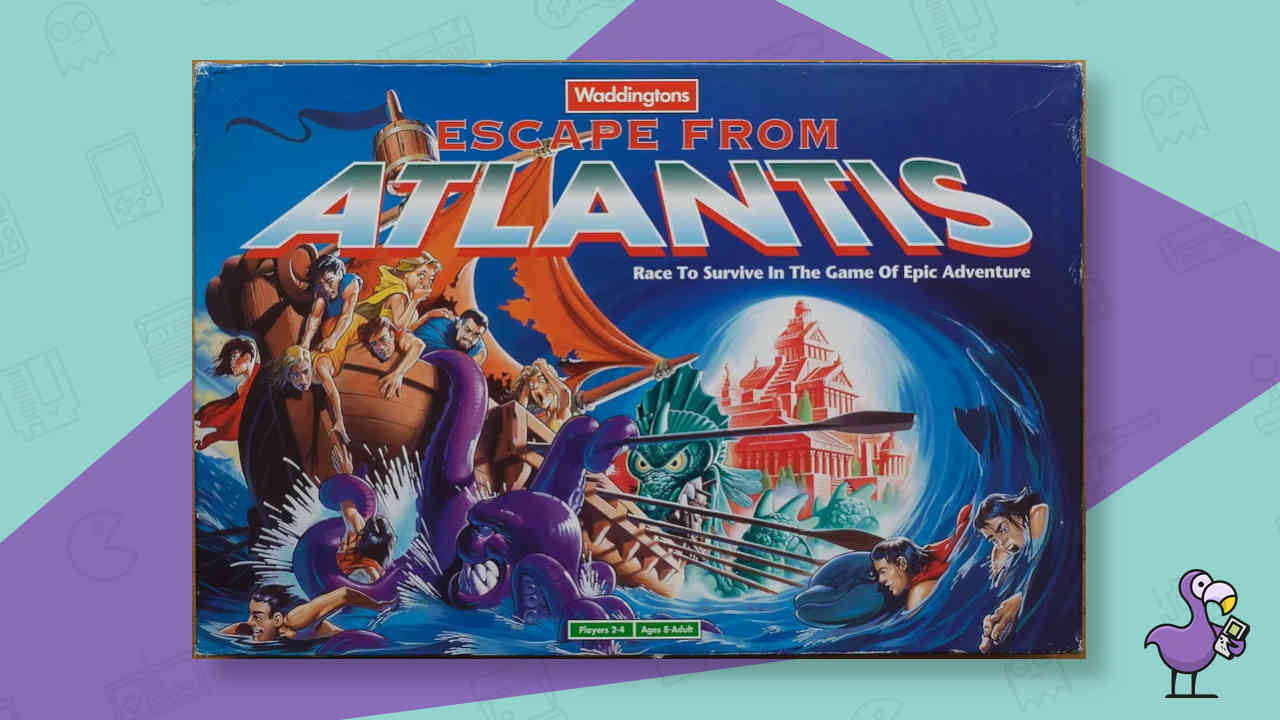
A tense and exciting game of surviving a rapidly sinking island, this game was known as Survive! in the US and Escape from Atlantis when released by Waddingtons in the UK.
Though it came with lots of nicely designed plastic playing pieces (and a strange, roulette-style contraption in place of rolling dice in the UK version), the components were secondary to the excellent gameplay – much more strategic and relatively deep, compared to the games we were used to seeing back in the 80s.
Naturally, this is another game so highly regarded that it got an updated edition back in 2011 from Stronghold Games.
This new edition cleverly combined the two different US and UK titles into one, being named Survive: Escape from Atlantis – and is still in print today!
3. Sherlock Holmes: Consulting Detective (1982)
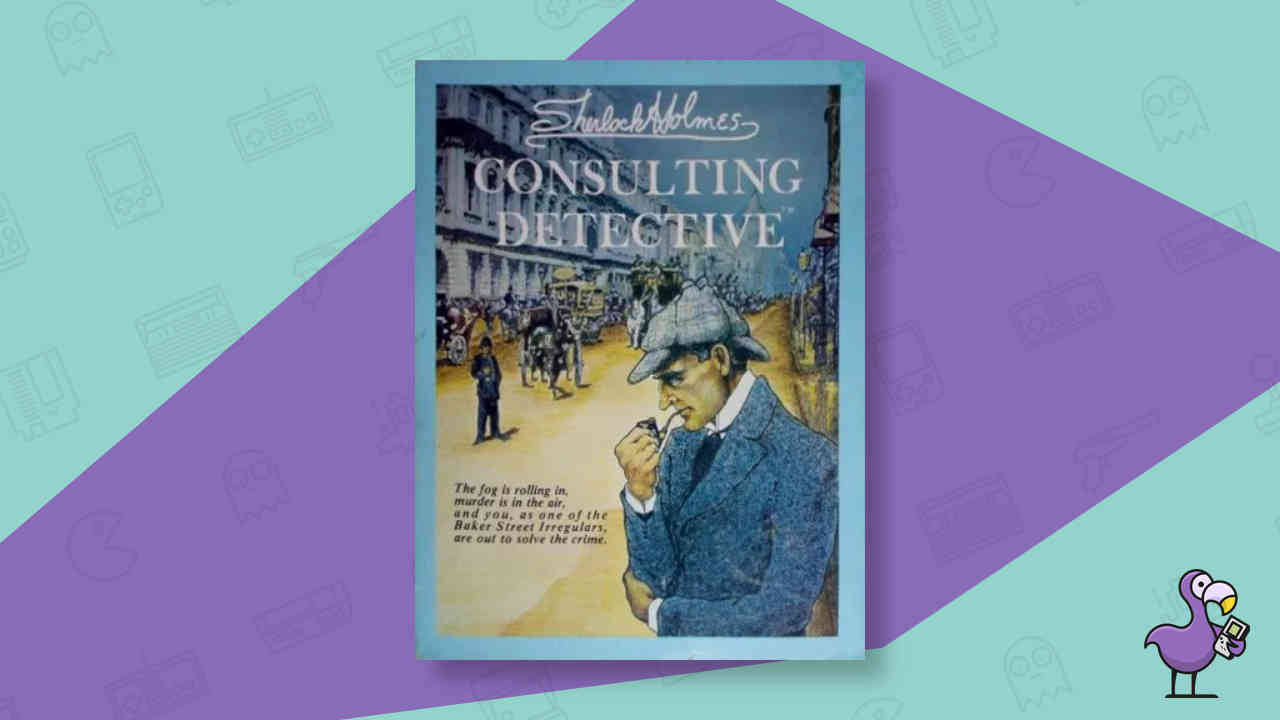
Now this is a game without any fancy components – you’ll find no plastic dinosaurs or fireball marbles here.
Yet what Sherlock Holmes: Consulting Detective does have is an unbelievably well integrated theme, with players moving around London, interviewing suspects and consulting various documents – including a replica newspaper – to uncover clues and solve cleverly plotted mysteries.
It’s genuinely immersive and feels like a precursor to the escape room-style experiences that are so in vogue these days, but impressively Sherlock Holmes: Consulting Detective was released 40 years ago, in 1982 – a time when game design was generally far less sophisticated than it is now.
Once more, this is a game that’s available today with updated artwork and slightly remixed cases – but there are also numerous versions containing their own cases to solve, so if the Sherlock Holmes: Consulting Detective game is one you enjoy, it’s very easy to continually stock up on new mysteries to solve, even now!
2. Fury of Dracula (1987)
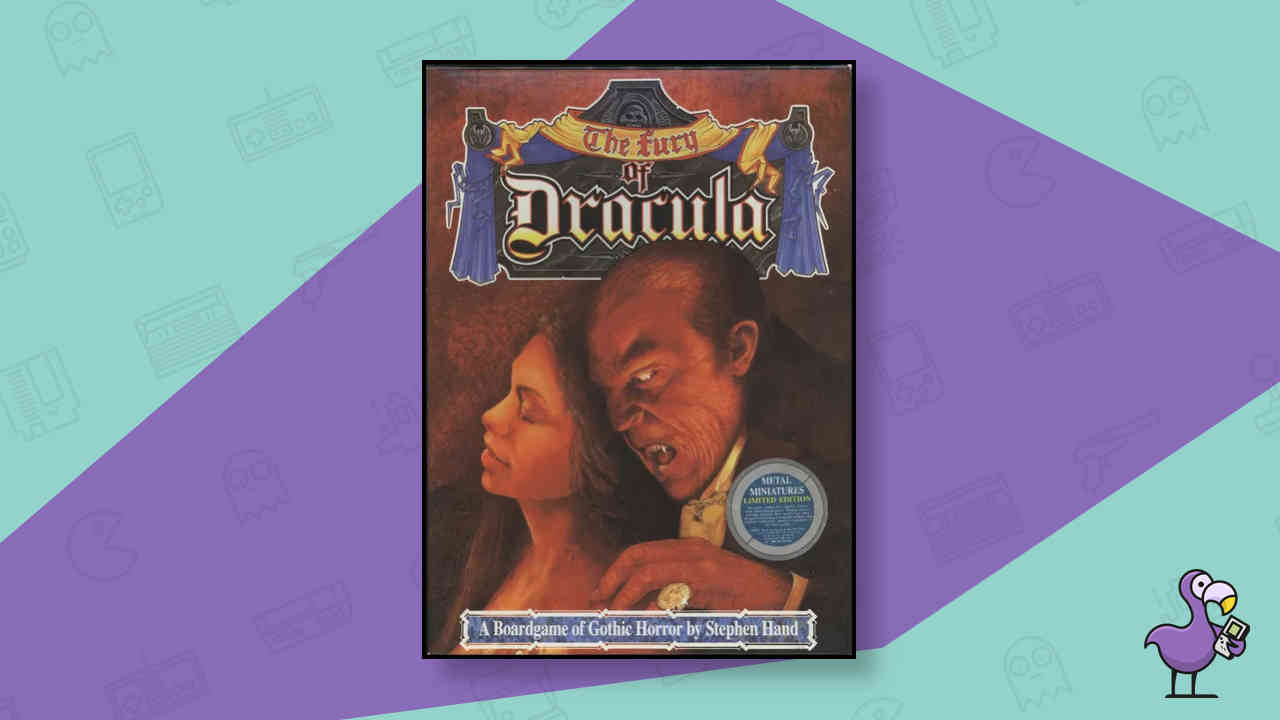
Released by Games Workshop in 1987, the original Fury of Dracula is an absolute classic. It plays a little bit like another highly regarded (and always in print!) game, Scotland Yard – in that one character is moving in secret around the board while all the other players try and track them down.
However, unlike Scotland Yard this isn’t a simple game of catching a criminal – instead, the Dracula player is trying to create and hide six new vampires somewhere in Europe; if they succeed, they win! The Hunters, on the other hand, are trying to hunt down and rid the world of Dracula once and for all.
What makes Fury of Dracula so appealing is its asymmetrical, highly thematic gameplay – it’s a brilliantly designed game with lots of replay value. Though players might fight over who gets to be Dracula every time they play – it’s great fun popping out ot the shadows to claim another unsuspecting victim! Receiving an updated – and excellent – edition in 2005, this was refined further with a third edition in 2015 and a few years later, yet another; the fourth edition coming complete with gorgeous, fully painted miniatures.
1. HeroQuest (1989)
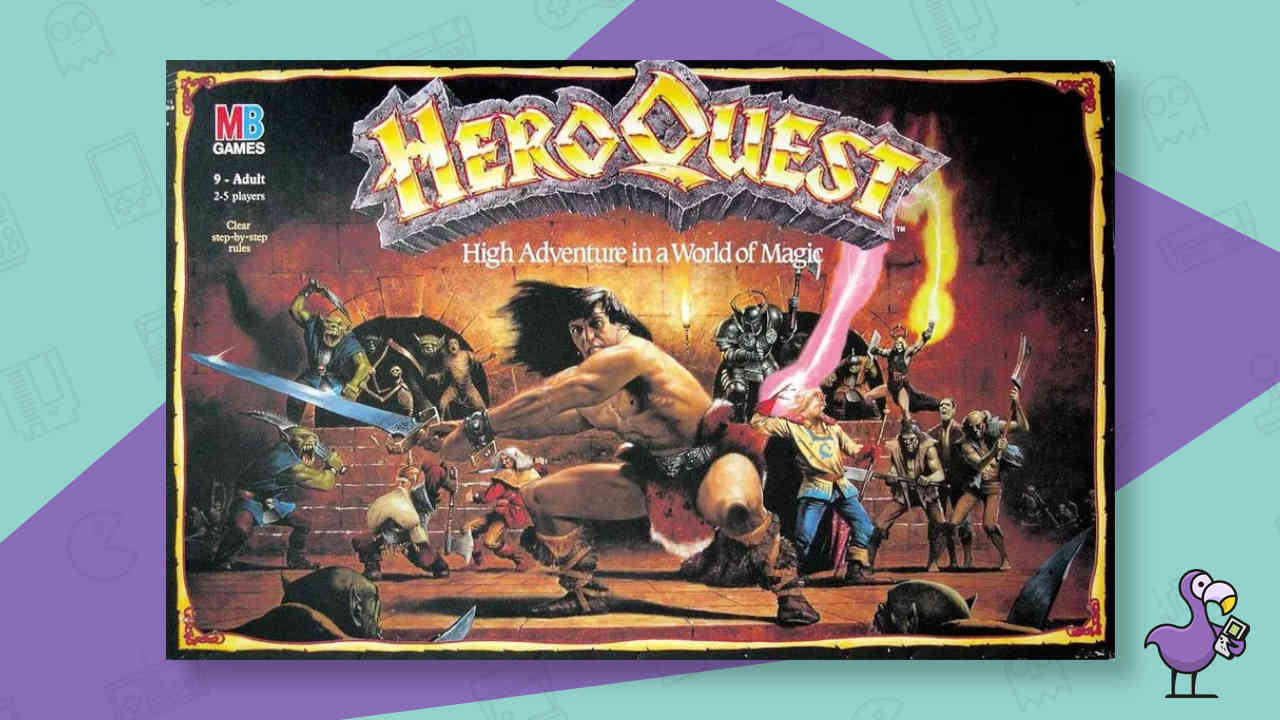
Dungeon delving was all the rage in the 80s, but tabletop RPGs tended to be aimed at older teens and adults – so what alternative was there for younger players?
Sure, there was Dungeon! – but this had started to feel a little dated by the late 80s, certainly in terms of its presentation if not its addictively simple design – players had started to expect more in terms of game components and even complexity.
Enter HeroQuest. Essentially a board-based role-playing game, albeit very simplified, HeroQuest even needed one player to take on the role of the game master – who revealed the contents of each room as players opened the doors of the dungeon, with deadly enemies, dastardly traps and even treasure to uncover.
The plastic miniatures – including a massive Gargoyle figure – were beautifully sculpted and the excellent, 3D components added an awful lot of atmosphere to the dungeon delving fun.
Its only drawback was that once players had worked their way through the scenarios in the scenario book, there wasn’t anything left to discover – though there wasn’t anything stopping enterprising game masters from coming up with scenarios of their own of course.
Expansions were available, however, so it wasn’t a complete dead end once the few included scenarios were played through. HeroQuest recently received a new edition – which modernised many components, but kept the rules completely intact (bar a few changes to monsters owned by the original copyright holders).
Which means this is another classic game that you can get your hands on today, in a version that – monsters and some components aside – is almost identical to the one printed back in the late 80s and early 90s. Do be warned that it’s pretty expensive – but that’s the price of nostalgia, I suppose!
HeroQuest is a beloved game that may have been superseded by decades of refinements to game design, but as a blast from gaming’s past it holds a very special place in the heart of a generation of players.
That’s why it takes the crown and sits atop the Best Retro Board games list!


